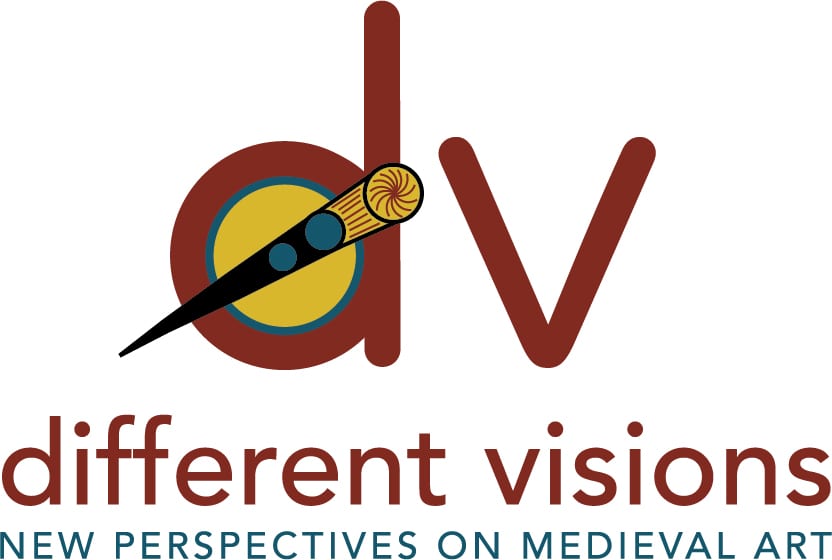My impulse for doing so comes, at least in part, from anxieties that were building up in me as I listened to the papers in the Material Collective sessions and thought ahead to the paper I would be presenting in a different set of sessions—on Gothic images of the Virgin—but in the same room and to much of the same crowd. I was getting anxious because I knew that while I was going to be starting my paper from much the same place, from a sustained engagement with the forms of the works of art—in my case a number of Gothic devotional sculptures of the Virgin and Child—I was going to be ending up somewhere very different; not in religious meaning or devotional practice, but instead by trying to say something about medieval women’s experiences of motherhood. The experience as a whole highlighted for me the difference that is my continuing feminist commitment.
That 1993 session has become a touchstone in recent writing on feminism in medieval art history: Rachel Dressler mentions it in her “Continuing the Discourse: Feminist Scholarship and the Study of Medieval Visual Culture,” (Medieval Feminist Forum 43.1 (Summer 2007): 15-34), as do I in my “Feminist Approaches to Medieval Visual Culture: An Introduction,” (Medieval Feminist Forum 44/2 (Winter 2008): 47-52), and as does Martha Easton in her essay on “Feminism” in the recent volume Medieval Art History Today – Critical Terms (Studies in Iconography 33 (2012): 99-112). Rachel and Martha are fellow members of the Material Collective and so there is clearly some connection between feminist work in the field and what is now happening with the turn to materiality.
For me, the “Gaze” session is important to think about in terms of that turn because it gives a different meaning to what we are turning from, a prior paradigm of “visuality.” That term can refer to an interest in medieval optics, in extramission and intromission and the internal senses, and so to a historicizing impulse to try and see—quite literally—medieval works of art in the way they would have been seen by medieval viewers. This was an exciting movement in the scholarship on medieval art and generated some important work. But the “Gaze” is really shorthand for the “male gaze” and so for a set of ideas that comes not from the medieval past but from contemporary feminist film criticism (from Laura Mulvey in particular) and ultimately from psychoanalysis. The point of this work was not to see and so speak of medieval things in medieval ways, not to reproduce the discourse of the medieval past, which was primarily–of course–a religious discourse to get back to my anxieties expressed above; but instead to find new ways of seeing and speaking about medieval things, to see and say things that could not be seen nor said within the dominant and dominating discourse of the medieval church, and so to give voice to other aspects of the Middle Ages, including giving voice to medieval women.
As we take our turn from visuality to materiality, I want to make sure we give this new term a similarly doubled meaning and so this new paradigm a similarly doubled form. Materiality can be a more historicist discourse. It can mean uncovering and engaging with all of the wild and wonderful ways that medieval people thought about and participated in the material world around them. But, for me at least, it also has to have that other aspect that allows us to go beyond a too narrowly historicist agenda. It needs to also allow us to see and say new things about medieval works of art. It needs to open spaces for other voices from the medieval past to finally be heard in the present. These may be the voices of women, or other marginalized voices; those of animals, for example. Or those of the works of art themselves—to anthropomorphize for a moment—as they are able to say those things they have always wanted to say, now that we are ready to listen.
